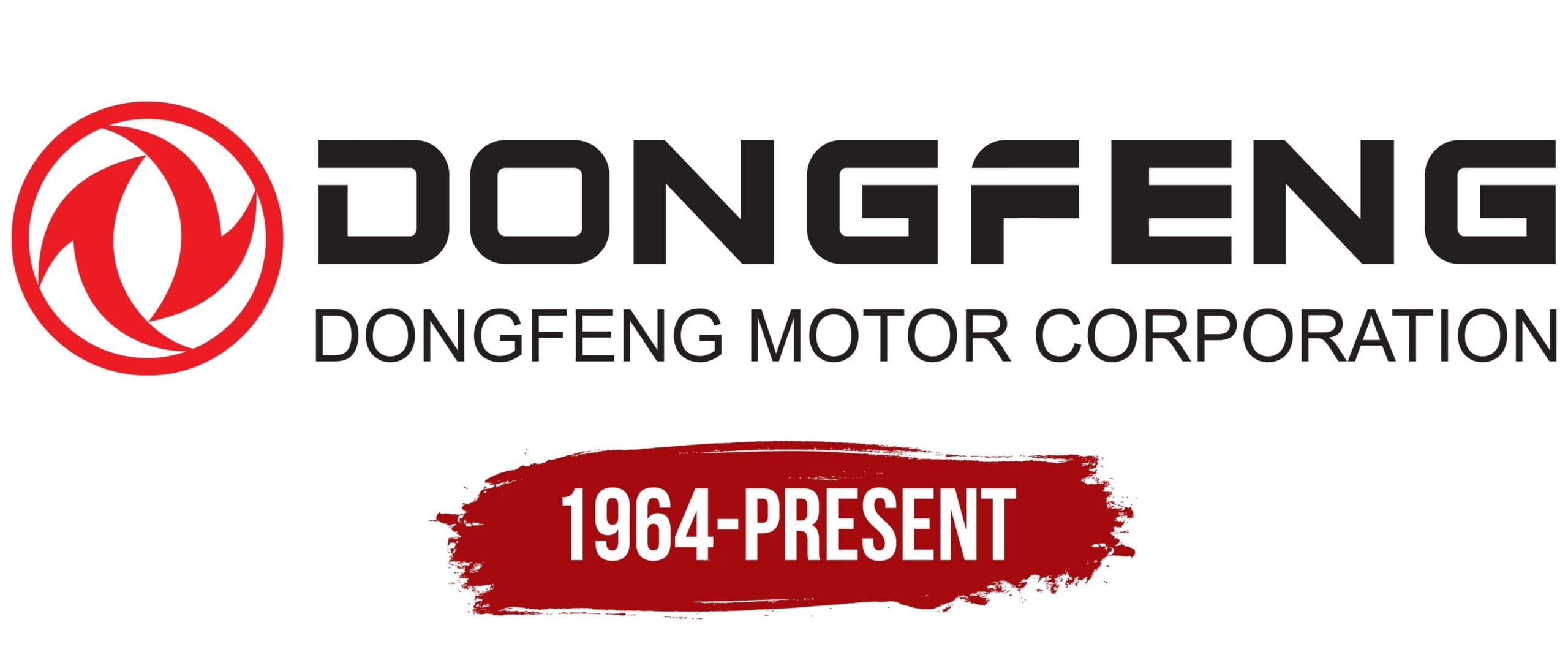Dongfeng Motor Group, one of China’s state-owned automakers, has seen its stock value skyrocket nearly 90% on the Hong Kong Stock Exchange following the announcement of a potential restructuring by its parent company, Dongfeng Motor Corporation. Investors and analysts have attributed this dramatic rise in stock price to mounting speculation that the restructuring could trigger consolidation within China’s highly competitive and fragmented automotive market.
In a filing released over the weekend, Dongfeng Motor Corporation revealed its plans to pursue structural reforms. While the exact details of the restructuring are yet to be disclosed, market observers suggest that the initiative is aimed at addressing inefficiencies in operations and preparing the company for a potential merger or strategic partnership with another state-owned automotive entity. Such a move could position Dongfeng as a more formidable player in the global automotive landscape.
Investor Optimism and Market Impact
Following the announcement, trading in Dongfeng’s shares surged, marking its largest single-day rise in years. The buzz surrounding the restructuring has also spilled over to other companies in the state-owned automotive sector. Industry analysts have started hypothesizing about a domino effect, where other state-owned car manufacturers like Changan Automobile Co. Ltd. and FAW Group may undertake similar restructuring plans to consolidate resources and gain a competitive edge in both domestic and international markets.
Observers note that the idea of consolidation aligns with the Chinese government’s broader objective to streamline its state-owned enterprises (SOEs). This strategy is expected to enable these firms to compete more effectively while promoting sustainable growth through enhanced efficiency and technological innovation.
Consolidation: The Current Landscape
China’s automotive industry, the largest in the world by volume, is characterized by intense competition and a crowded marketplace featuring hundreds of automakers. This fragmentation has made it challenging for companies to scale effectively, thus fueling the call for industry consolidation.
This restructuring announcement comes against the backdrop of increasing pressure on traditional automakers to keep up with evolving consumer preferences and market trends, particularly the sector’s pivot toward New Energy Vehicles (NEVs). Dongfeng’s potential restructuring and subsequent consolidation are expected to streamline operations while allowing for targeted investments in this booming sector.
The move also highlights the competitive tension between state-owned and privately-owned automakers. Major NEV players like BYD and Nio have made significant strides in the domestic market, further exemplifying the need for traditional automakers to augment their market positioning through scale and strategy.
Mergers on the Horizon?
While Dongfeng has not confirmed partnership discussions with other enterprises, past reports have hinted at possible collaborations with leading Chinese state-owned automakers like FAW or Changan. Such a merger would create a powerhouse capable of rivaling major global players both in terms of production numbers and market influence.
This is not Dongfeng’s first attempt at restructuring or strategic alliances. The company has historically collaborated with international automakers like PSA Peugeot Citroën (now part of Stellantis) and Renault-Nissan, leveraging foreign expertise to improve its domestic offerings. However, these ventures have had mixed outcomes, underlining the need for bolstered domestic alignment to ensure long-term business viability.
Potential Challenges
Despite the optimism, there are potential roadblocks to the successful restructuring and subsequent consolidation. Integrating operations, workforce, and technology from different entities often brings significant logistical and cultural challenges. Moreover, mergers within the state-owned sector might face bureaucratic hurdles, slowing down the decision-making process during a critical time when swift action is required to keep pace with industry trends.
Additionally, analysts warn that the market’s initial enthusiasm could be tempered should the proposed plans fail to deliver tangible results. Complementary synergies between merging companies will be critical to justifying the high expectations surrounding this move.
A Broader Impact on the Sector
The news of Dongfeng’s restructuring has broader implications not only for the company but also for China’s automotive sector as a whole. It serves as an indicator of a shift in focus toward creating robust, globally competitive state-owned enterprises capable of driving technological advancements in NEVs, achieving economies of scale, and maximizing shareholder value.
As 2025 progresses, the automotive world will closely watch how Dongfeng’s restructuring unfolds. Whether this initiative cascades into broader industry changes remains to be seen, but it undeniably marks a pivotal moment in China’s ongoing efforts to reform and revitalize its economy.



